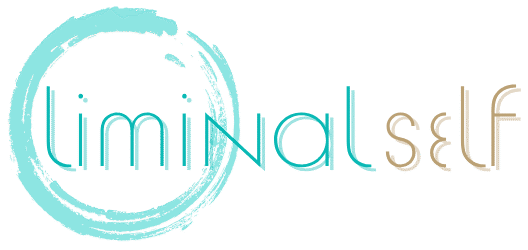
Why Mindfulness Is a Must-Have for Leaders (Not Just a Nice-to-Have)
“We move fast and break things” doesn’t sound so great when the thing breaking is your team. If you’re leading change or transformation – implementing a new system, driving org-wide shifts, or simply keeping up with the pace of constant product updates – you’ve likely run into these problems:
- Team burnout
- Resistance to change
- Adoption lag
- Unclear decisions under pressure
You may be running on fumes, too. Meetings back-to-back. Slack blowing up. Pressure from leadership. It seems never-ending.
In environments like this, it’s easy to mistake activity for progress and busyness for effectiveness.
This is where mindfulness comes in as a leadership tool.
What Mindfulness Really Is
Mindfulness doesn’t mean lighting incense and chanting or meditating for 45 minutes a day.
It’s about learning to respond instead of react.
It’s a meta-skill: a way of building self-awareness, clarity, and presence so you can lead intentionally under pressure.
According to Harvard Business Review, mindfulness helps leaders develop the “mental agility” to navigate uncertainty, improve focus, and communicate more clearly in high-stakes environments.
What Happens When You Don’t Practice Mindfulness
Here’s a real example from a past client (details anonymized for privacy):
A Director of Engineering at a SaaS company was rolling out a new DevOps tool across multiple teams. The tool was solid. The implementation plan was technically sound. But adoption was slow and pushback high.
Here’s what we uncovered:
- She was over-communicating features but under-communicating purpose.
- Her tone had shifted under stress, which made her come across as reactive and disconnected.
- She was assuming resistance was about the tool when it was really about fear of redundancy and shifting roles.
Her tone had shifted under stress, which made her come across as reactive and disconnected.
Through short weekly mindfulness-based leadership coaching, she learned how to:
- Pause before reacting to stakeholder pushback.
- Get curious about resistance instead of labeling it as “non-compliance.”
- Adjust communication to reflect what mattered to her teams (not just what mattered to the business).
Result? Within two months, adoption increased by 37%. But more importantly, morale improved. Her team felt heard. And she reported significantly less emotional exhaustion.
How to Handle Resistance in the Moment
One small but powerful shift you can make today is the “Name, Pause, Reframe” technique.
When resistance shows up in a meeting (e.g., a developer says, “This won’t work for us”), instead of jumping in with a fix:
Name it: “I’m noticing some pushback here. Thanks for bringing that up.”
Pause: Take 3 seconds. Breathe. Avoid jumping to defend.
Reframe: Ask, “What would success look like from your perspective?”
This 15-second move signals psychological safety, diffuses tension, and gives you the space to respond, not react. It also builds trust, which accelerates adoption.
Mindfulness is a Strategic Advantage
Your presence as a leader affects everything: adoption, attrition, alignment.
Mindfulness gives you the tools to stay grounded, lead intentionally, and move your organization through change without unnecessary friction.
That’s not soft. That’s strategy.



